Research Papers
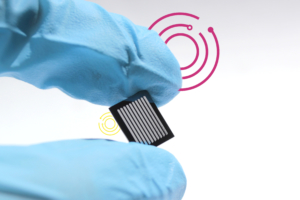
Analytical Chemistry (2024)
Laminar Flow Infrared Spectroelectrochemistry
Authors: Linlin Liu, Nan Jia, Ian Burgess, Jesse Greener

Lab on a Chip (2023)
SpectIR-fluidics: completely customizable microfluidic cartridges for high sensitivity on-chip infrared spectroscopy with point-of-application studies on bacterial biofilms
Authors: Nan Jia, Arthur Daignault-Bouchard, Tianyang Deng, Thomas G. Mayerhöfer, André Bégin-Drolet, Jesse Greener
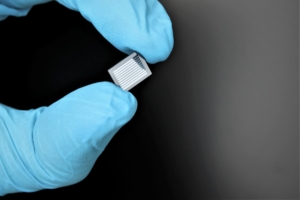
Chemistry—A European Journal (2023)
Introducing Aliphatic Fluoropeptides: Perspectives on Folding Properties, Membrane Partition and Proteolytic Stability
Authors: Thomas Hohmann, Suvrat Chowdhary, Dr. Kenichi Ataka, Jasmin Er, Gesa Heather Dreyhsig, Prof. Dr. Joachim Heberle, Prof. Dr. Beate Koksch
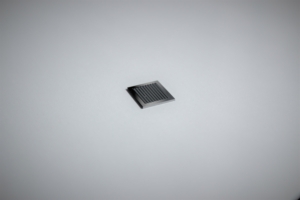
SSRN (2022)
Silicon Crystals Based Ftir-Atr for the Rapid Monitoring of Phosphorus in Water Coupled with the Algorithms of Deconvolution and Partial Least Squares Regression
Authors: Shuailin Zheng, Fei Ma, Xuebin Xu, Guofei Chen, Jianmin Zhou, Changwen Du
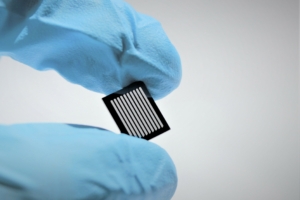
Analytical Methods (2023)
A spectIR-fluidic reactor for monitoring fast chemical reaction kinetics with on-chip attenuated total reflection Fourier transform infrared spectroscopy
Authors: Nan Jia, Leon Torres de Oliveira, André Bégin-Drolet, Jesse Greener
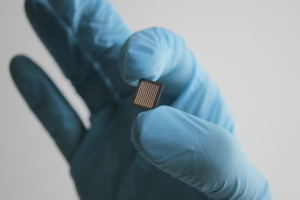
Dual Optical Frequency Comb Time-resolved Spectroscopy for Surface-Enhanced Spectroelectrochemistry
Authors: Soares Lins, Erick

Nature Communications (2023)
Pb-rich Cu grain boundary sites for selective CO-to-n-propanol electroconversion
Authors: Wenzhe Niu, Zheng Chen, Wen Guo, Wei Mao, Yi Liu, Yunna Guo, Jingzhao Chen, Rui Huang, Lin Kang, Yiwen Ma, Qisheng Yan, Jinyu Ye, Chunyu Cui, Liqiang Zhang, Peng Wang, Xin Xu, Bo Zhan
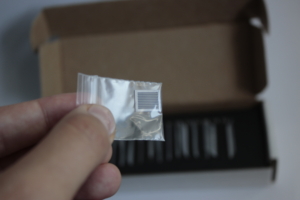
Nature Communications (2023)
Vibrational signature of hydrated protons confined in MXene interlayers
Authors: Mailis Lounasvuori, Yangyunli Sun, Tyler S. Mathis, Ljiljana Puskar, Ulrich Schade, De-En Jiang, Yury Gogotsi, Tristan Petit
